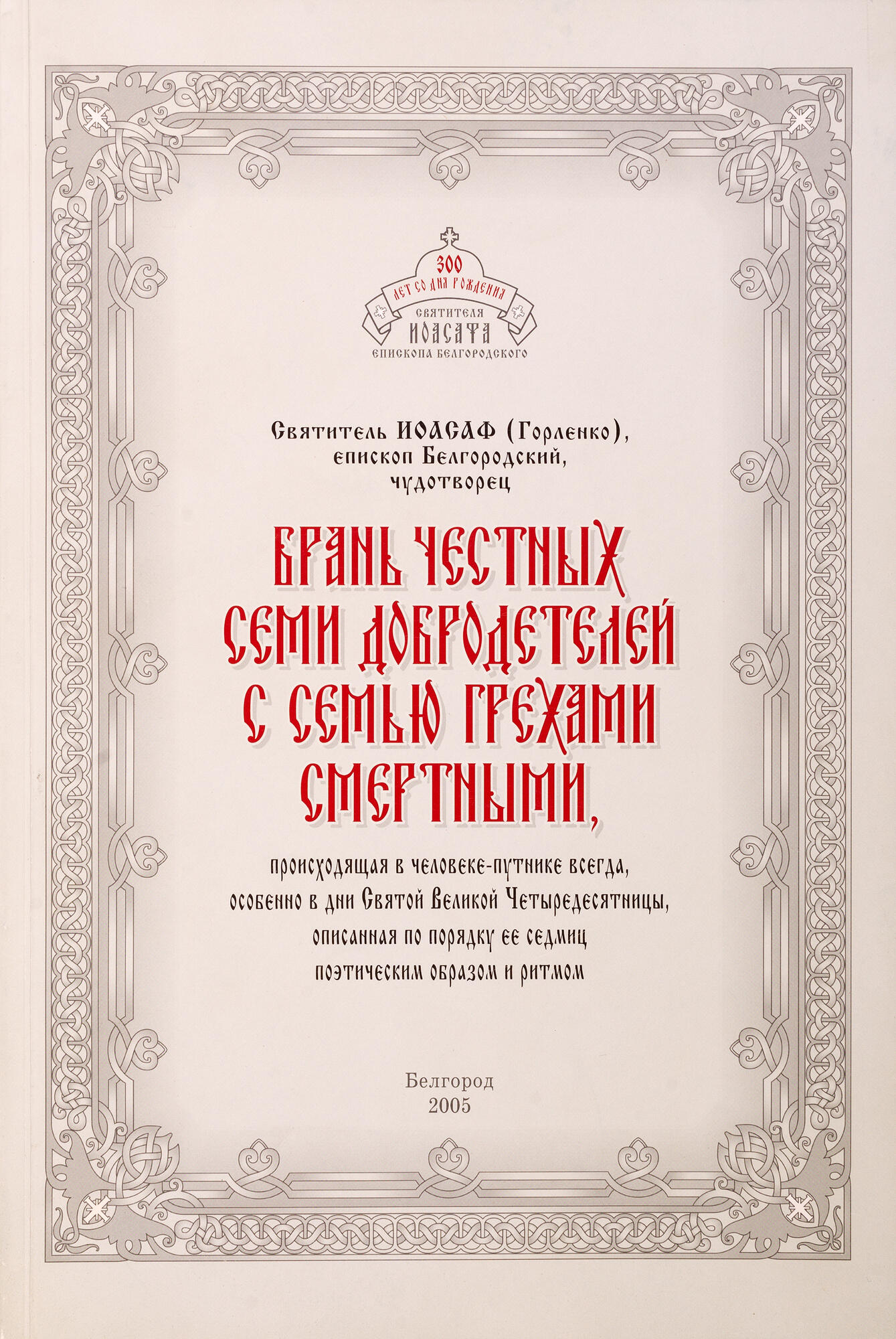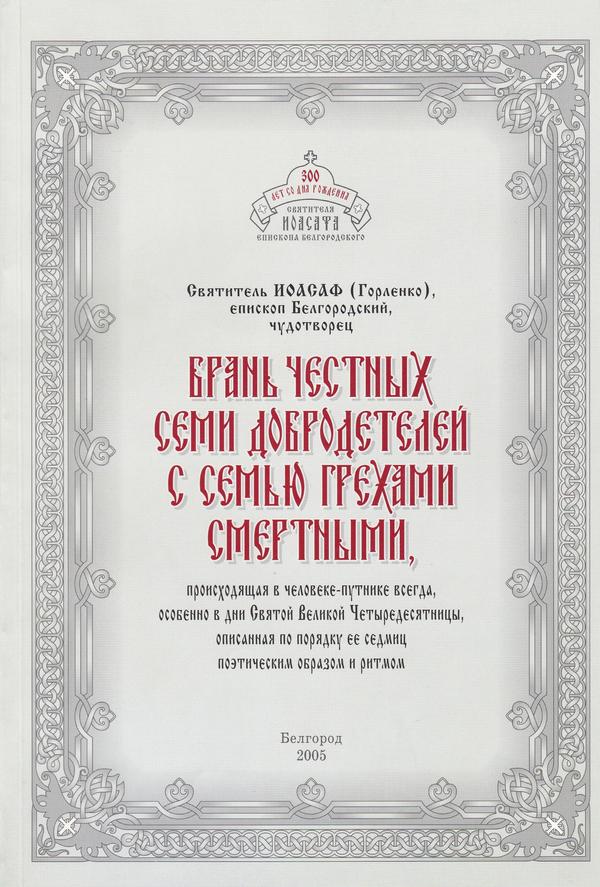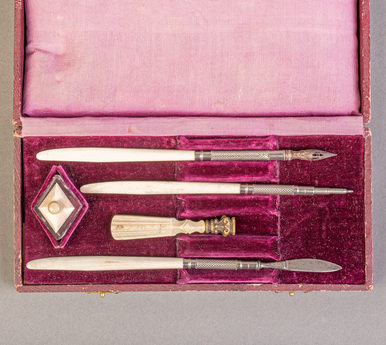The future Saint Joasaph (secular name Joachim Gorlenko) was born in Priluki, a town in the Poltava governorate. While studying at the Kyiv-Mohyla Academy at the Fraternal Monastery, he was under the spiritual guidance of his uncle, hieromonk Pachomius, and later, upon taking the monastic vows, he taught literature there.
In 1731, Raphael (Zaborovsky) was appointed Archbishop of Kyiv, Galicia, and All Lesser Russia. By this time, as Theophan Prokopovich wrote, “the school… of the Bratsk Monastery had come to extreme poverty, ” and the new bishop gave him all kinds of support.
For the visit of Archbishop Raphael in 1737, monk Joasaph wrote a welcoming speech in verse — the poem “The Battle of the Seven Heavenly Virtues…” — with which he addressed the guest of honor on behalf of the diocese.
The composition of the poem is structured in such a way that, together with the narrator — the repentant prodigal son — the reader goes through the entire course of Lent, up until Eastertime.
Resistance to sins is presented in the form of a symbolic battle of a person with vices, during which he appeals to the “Spirit of Life” and the intercession of “virtue virgins”.
Ahead of the vices, the “Queen of Evil” Pride is riding on a chariot, accompanied by “devilish Greed”, “vile Lust”, “bottomless Envy”, “flaming Wrath”, “damned Sloth” and Gluttony.
They are opposed by regiments headed by Humility, Charity, Chastity, Love, Fasting, Patience, and Faith. The hard battle ends with the Resurrection of Christ, the triumph of the virtues, and the victory over death.
Saint Joasaph is considered one of the first literary authors of the Russian Orthodox Church. His poem contains references to an Epistle of John Chrysostom, allegorical images of the Good Shepherd, angels, a sacrificial calf, and the Garden of Eden.
After 1737, the poem “The Battle of the Seven Heavenly Virtues …” existed in manuscript copies until it was first published in 1892.
In the 2010s, the translation of the poem into modern Ukrainian was made by Valery Alexandrovich Shevchuk, the author of the short story Joasaph (1997). In the presented 2005 edition, the original Church Slavonic text is accompanied by the translation made by Protopriest Igor Viktorovich Kobelev.
In 1731, Raphael (Zaborovsky) was appointed Archbishop of Kyiv, Galicia, and All Lesser Russia. By this time, as Theophan Prokopovich wrote, “the school… of the Bratsk Monastery had come to extreme poverty, ” and the new bishop gave him all kinds of support.
For the visit of Archbishop Raphael in 1737, monk Joasaph wrote a welcoming speech in verse — the poem “The Battle of the Seven Heavenly Virtues…” — with which he addressed the guest of honor on behalf of the diocese.
The composition of the poem is structured in such a way that, together with the narrator — the repentant prodigal son — the reader goes through the entire course of Lent, up until Eastertime.
Resistance to sins is presented in the form of a symbolic battle of a person with vices, during which he appeals to the “Spirit of Life” and the intercession of “virtue virgins”.
Ahead of the vices, the “Queen of Evil” Pride is riding on a chariot, accompanied by “devilish Greed”, “vile Lust”, “bottomless Envy”, “flaming Wrath”, “damned Sloth” and Gluttony.
They are opposed by regiments headed by Humility, Charity, Chastity, Love, Fasting, Patience, and Faith. The hard battle ends with the Resurrection of Christ, the triumph of the virtues, and the victory over death.
Saint Joasaph is considered one of the first literary authors of the Russian Orthodox Church. His poem contains references to an Epistle of John Chrysostom, allegorical images of the Good Shepherd, angels, a sacrificial calf, and the Garden of Eden.
After 1737, the poem “The Battle of the Seven Heavenly Virtues …” existed in manuscript copies until it was first published in 1892.
In the 2010s, the translation of the poem into modern Ukrainian was made by Valery Alexandrovich Shevchuk, the author of the short story Joasaph (1997). In the presented 2005 edition, the original Church Slavonic text is accompanied by the translation made by Protopriest Igor Viktorovich Kobelev.


